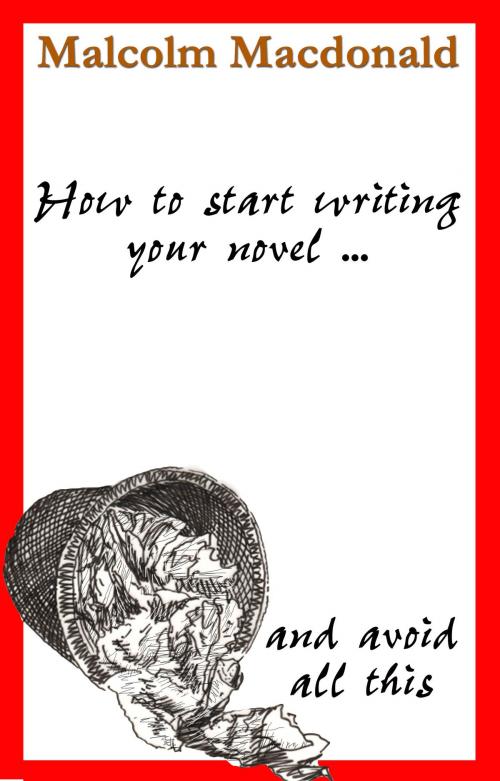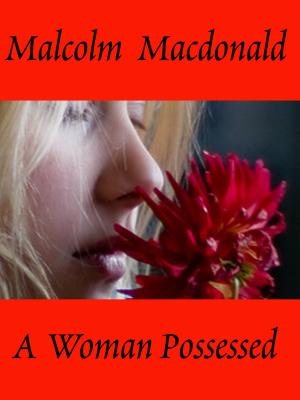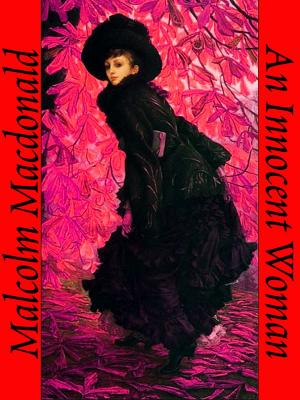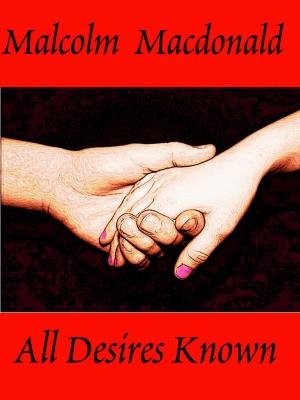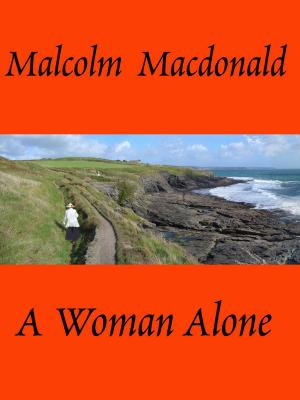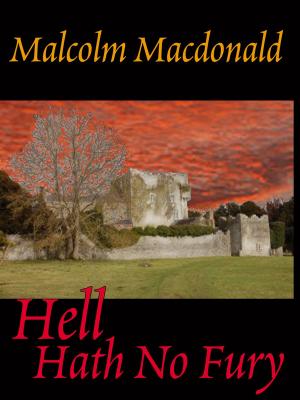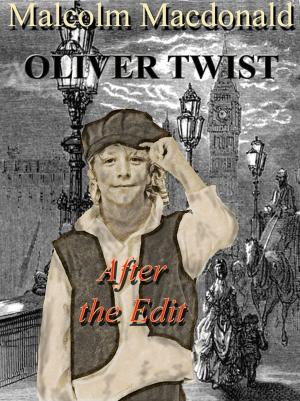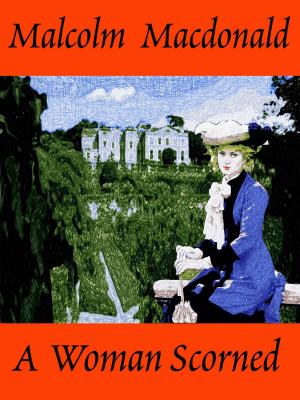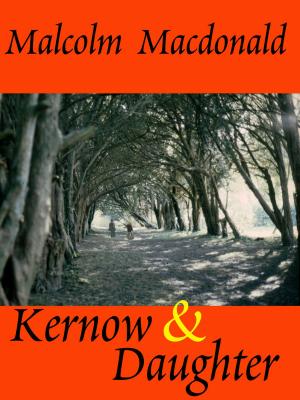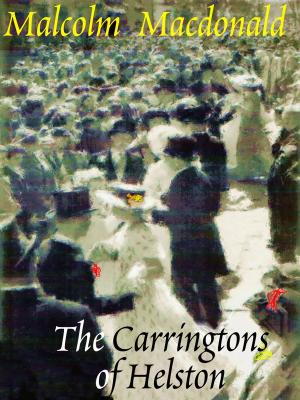How to Start Writing Your Novel
Nonfiction, Health & Well Being, Self Help, Self Improvement, Creativity, Reference & Language, Language Arts, Writing & Publishing, Writing Skills, Reference| Author: | Malcolm Macdonald | ISBN: | 9781311847614 |
| Publisher: | Malcolm Macdonald | Publication: | July 5, 2015 |
| Imprint: | Smashwords Edition | Language: | English |
| Author: | Malcolm Macdonald |
| ISBN: | 9781311847614 |
| Publisher: | Malcolm Macdonald |
| Publication: | July 5, 2015 |
| Imprint: | Smashwords Edition |
| Language: | English |
A practical guide for would-be novelists on that tricky first hurdle - the opening line and then the opening chapter of a novel. Novelist Malcolm Macdonald wrote 33 historical novels, published by Knopf, Simon & Shuster, St Martin's Press, and Sourcebooks in the USA and by Cape, Hodder, Headline, Piatkus and Severn House in the UK so he knows a thing or two about what works and doesn't work in the delicate art of capturing a new reader's attention and then holding it fast through that rollercoaster ride toward "The End." By way of example he takes the first chapters of each of those novels, explains (without giving away any plot) what the novel as a whole was about, how the first chapter could best set the scene, and how the opening sentence could subtly suggest the tone and theme of the whole. In his preface he sets out the broad principles of this strategy and analyses some famous first lines from great novels of the past. And finally - because he started his literary career as an editor in a London publishing house, he gives some inside guidance on how to shape and punctuate your text, how to avoid certain well known pitfalls, and some elementary grammatical howlers it is best to avoid.
A practical guide for would-be novelists on that tricky first hurdle - the opening line and then the opening chapter of a novel. Novelist Malcolm Macdonald wrote 33 historical novels, published by Knopf, Simon & Shuster, St Martin's Press, and Sourcebooks in the USA and by Cape, Hodder, Headline, Piatkus and Severn House in the UK so he knows a thing or two about what works and doesn't work in the delicate art of capturing a new reader's attention and then holding it fast through that rollercoaster ride toward "The End." By way of example he takes the first chapters of each of those novels, explains (without giving away any plot) what the novel as a whole was about, how the first chapter could best set the scene, and how the opening sentence could subtly suggest the tone and theme of the whole. In his preface he sets out the broad principles of this strategy and analyses some famous first lines from great novels of the past. And finally - because he started his literary career as an editor in a London publishing house, he gives some inside guidance on how to shape and punctuate your text, how to avoid certain well known pitfalls, and some elementary grammatical howlers it is best to avoid.
